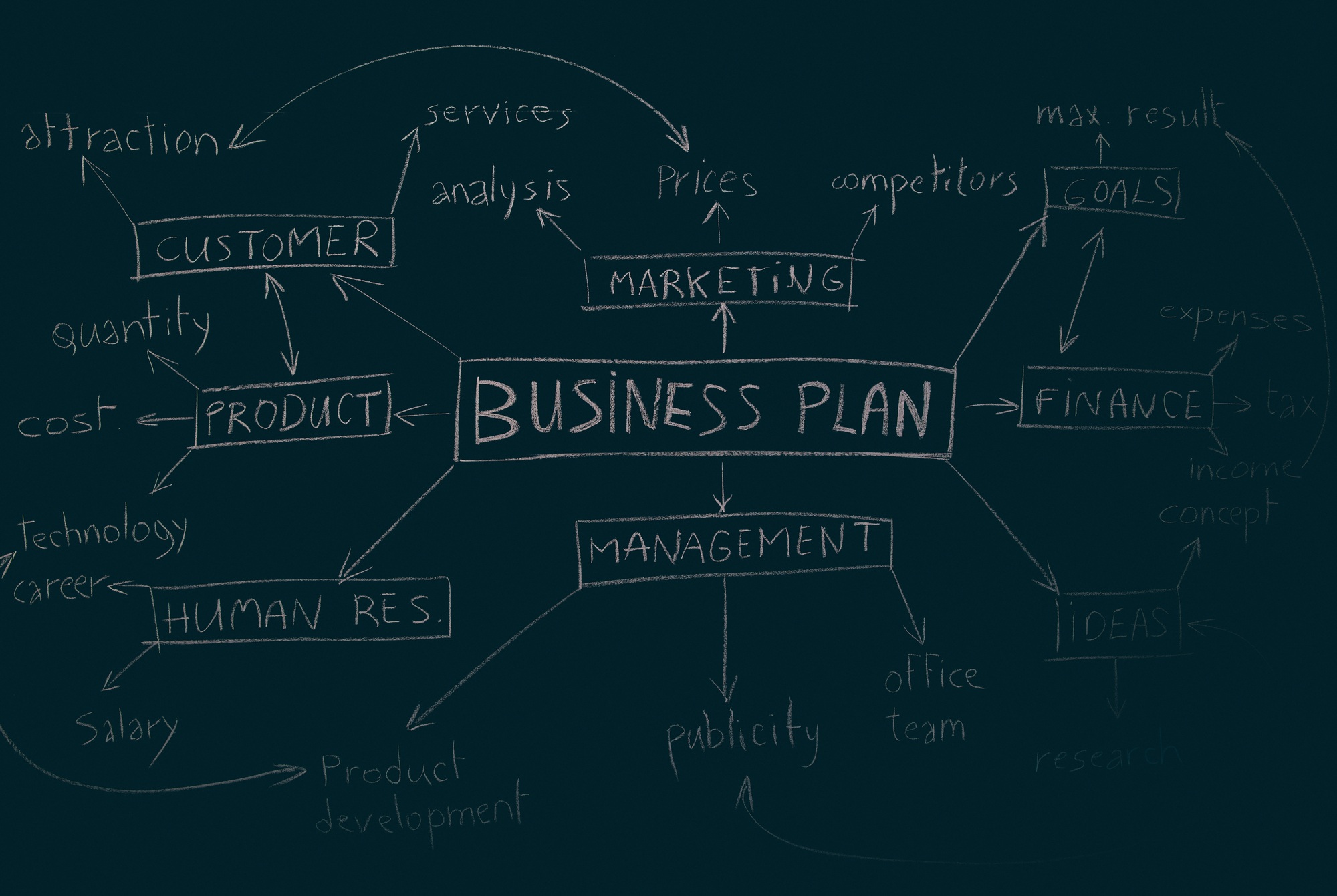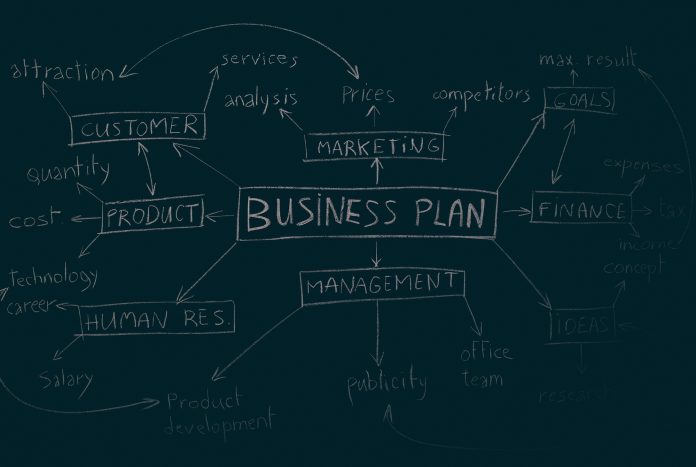Key Takeaways

- Importance of a Business Plan: A well-crafted day care business plan is essential for navigating start-up challenges and ensuring long-term success in the child care industry.
- Market Research: Conducting thorough market analysis helps you understand local demand, competition, and pricing, which is crucial for attracting investors and refining your business strategy.
- Comprehensive Marketing Strategy: Developing an effective marketing strategy that includes online advertising and community engagement can significantly boost visibility and enrollment rates.
- Detailed Financial Projections: Solid financial forecasts, including startup costs and revenue streams, are critical for securing funding and demonstrating profitability.
- Operational Planning: Outlining daily operations, staffing needs, and compliance with local regulations helps maintain a safe environment and ensures smooth functioning of your day care facility.
Starting a day care business can be a rewarding venture, not just financially but also in making a positive impact on your community. With busy parents seeking reliable care for their little ones, the demand for quality day care services continues to grow. But before you dive in, having a solid business plan is crucial for your success.
A well-crafted day care business plan not only outlines your goals and strategies but also helps you navigate the challenges of running a child care facility. It serves as a roadmap, guiding you through everything from securing funding to marketing your services. Whether you’re a seasoned entrepreneur or a first-time business owner, understanding the key components of a day care business plan will set you on the path to success.
Overview Of A Day Care Business Plan

A day care business plan outlines the strategy for starting a business that provides quality child care services. This plan serves as a comprehensive guide for launching your day care, covering essential components such as market analysis, financial projections, and operational strategies.
1. Executive Summary
The executive summary provides a snapshot of your business concept, outlining your mission, vision, and objectives. It highlights what sets your day care apart from others, emphasizing specialized programs or unique teaching methodologies.
2. Market Analysis
Conduct thorough research on the demographics of your target market. Analyze local demand for child care services, competition, and pricing structures. A well-researched market analysis demonstrates the viability of your day care business and attracts potential investors.
3. Marketing Strategy
Identify marketing tactics that effectively reach your audience. Consider online advertising, community events, and partnerships with local businesses. A strategic marketing plan enhances visibility and enrollment rates for your day care.
4. Operational Plan
Detail daily operations, including staff requirements, facility management, and safety protocols. Highlight adherence to local regulations and licensing requirements to ensure compliance. An organized operational plan facilitates smooth functioning and maintains a safe environment for children.
5. Financial Projections
Include financial forecasts and budgeting estimates. Outline startup costs, expected revenue, and break-even analysis. Solid financial projections are crucial for securing funding and demonstrating the profitability of your day care business.
Creating a detailed day care business plan equips you with a clear direction as you navigate the challenges of starting a small business. It enhances your chances of success by keeping your goals focused and measurable.
Key Components Of A Day Care Business Plan

A thorough day care business plan outlines crucial elements that guide your venture toward success. Focus on creating a detailed plan by addressing the following components.
Executive Summary
The executive summary offers a concise overview of your day care business. Limit this section to two pages. Include details such as your business’s mission, structure, and unique offerings. This snapshot serves as your elevator pitch, generating interest from potential investors and partners.
Market Analysis
Conduct an in-depth market analysis of the daycare industry. Gather data on market size, growth projections, and industry trends. The global day care market valued at USD 14.9 billion in 2023 is projected to reach USD 27.5 billion by 2033, showcasing a compound annual growth rate (CAGR) of 6.5% from 2024 to 2033. Analyze local demographics, demand, competition, and pricing. This information ensures you’re well-informed in making strategic decisions for your small business.
Services Offered
Define the specific services your daycare will provide. Consider options like full-time and part-time care, after-school programs, or specialized educational activities. Tailoring services to meet community needs enhances your appeal and can increase enrollment rates. Ensure your offerings align with safety regulations and licensing requirements.
Marketing Strategy
Develop a clear marketing strategy to reach your target audience effectively. Identify potential channels, such as social media, community events, or local advertising. Utilize search engine optimization (SEO) techniques to improve online visibility. Engaging marketing campaigns can significantly boost your business’s awareness, leading to higher enrollment numbers and sustained growth.
Financial Projections
Financial projections are essential for your daycare business plan. These projections help you forecast performance over 3-5 years and guide budgeting and funding decisions.
Startup Costs
Understanding startup costs is vital when you start a business. Major expenses include:
- Teachers’ salaries: Ensure competitive wages to attract qualified staff.
- Payroll costs: Account for taxes and benefits for your employees.
- Rent: Consider lease agreements and location, which impact visibility and accessibility.
- Utilities: Include water, electricity, and heating costs in your budget.
- Food: Plan for nutritious meals suited for children, adhering to dietary guidelines.
- Playground equipment: Invest in safe and engaging equipment for outdoor play.
- Educational supplies: Stock up on materials that foster learning and creativity.
- Insurance: Secure various types like liability, property, and workers’ compensation to protect your investment.
Revenue Streams
Identifying revenue streams demonstrates the financial viability of your daycare. Consider the following opportunities:
- Tuition fees: Charge monthly fees based on enrollment types, such as full-time or part-time care.
- After-school programs: Provide additional services targeting school-age children.
- Special events: Organize seasonal activities or workshops that families can attend.
- Partnerships: Collaborate with local organizations to offer discounted services or promotional events.
Incorporating these financial elements into your daycare business plan ensures a clearer path to success, enabling you to adequately prepare for the financial aspects of launching and maintaining operations.
Operational Plan
Creating an operational plan is essential for the success of your daycare business. This section focuses on vital components needed for daily operations, staff management, and regulatory compliance.
Hours and Flexibility
Define your hours of operation, including options like evening care or drop-in services. Flexible scheduling accommodates the diverse needs of working parents. Aim for clear communication about these hours on your website and marketing materials to attract more families.
Staffing and Organization
Outline the structure of your daycare business. Detail the management team and staff roles, including qualifications and training required for each position. Highlight the importance of maintaining a safe environment and having emergency care plans in place. Identify the legal structure of your business, whether it’s a sole proprietorship, LLC, partnership, or corporation.
| Staff Position | Qualifications | Responsibilities |
|---|---|---|
| Center Director | Degree in Education | Oversee operations, manage staff |
| Lead Teacher | Early Childhood Education | Curriculum design, classroom management |
| Assistant Teacher | Child Development Experience | Support lead teacher, supervise children |
| Administrative Staff | Organizational Skills | Handle enrollment, communications |
Policies and Procedures
Develop comprehensive handbooks for both staff and parents. Your staff handbook should clearly outline policies related to attendance, behavior management, and staff responsibilities. The parent handbook should detail enrollment procedures, tuition rates, and guidelines for parent participation. Establishing clear procedures enhances communication and builds trust with families.
Focusing on these operational elements strengthens your business plan and positions your daycare for success.
Conclusion
Starting a daycare business can be a fulfilling venture that not only supports your financial goals but also enriches your community. By crafting a comprehensive business plan, you lay the groundwork for success and navigate the complexities of the childcare industry.
Each component of your plan—from market analysis to financial projections—plays a critical role in shaping your business’s future. With careful planning and execution, you can create a nurturing environment that meets the needs of families while ensuring your business thrives. Embrace the journey ahead and watch your daycare dream come to life.
Frequently Asked Questions
What are the benefits of starting a daycare business?
Starting a daycare business can be financially rewarding due to the high demand for quality childcare services. It allows entrepreneurs to make a positive impact on their community by providing a safe and nurturing environment for children. Additionally, it offers flexible hours and the potential for growth, appealing to those seeking both profit and purpose.
What should be included in a daycare business plan?
A daycare business plan should include an executive summary, market analysis, marketing strategy, operational plan, and financial projections. Each component serves a specific purpose, helping to outline your business concept, target audience, daily operations, and financial needs, ensuring a comprehensive approach to your startup.
How do I conduct a market analysis for my daycare?
To conduct a market analysis, research local demographics, demand for childcare, competition, and pricing. Analyze the market size and growth projections, focusing on trends that could affect your daycare. This data helps you understand your target market and tailor your services accordingly.
What financing options are available for starting a daycare?
Several financing options exist for starting a daycare, including personal savings, bank loans, grants, and investors. Additionally, crowdfunding and small business administration loans can be beneficial. It’s essential to prepare detailed financial projections to attract potential funders or lenders.
How can I effectively market my daycare business?
Effective marketing for your daycare business can include online advertisement, social media, local community events, and SEO techniques to enhance visibility. Additionally, building partnerships with local businesses and organizations can help increase word-of-mouth referrals. Tailor your campaigns to resonate with your target audience for better engagement.
What are essential staff requirements for a daycare?
Essential staff requirements for a daycare include qualified caregivers with appropriate certifications and backgrounds in early childhood education. It’s important to establish clear roles and responsibilities, provide necessary training, and ensure compliance with safety and health regulations to create a secure environment.
How do financial projections help my daycare business?
Financial projections help estimate the performance of your daycare over the next 3-5 years, guiding your budgeting and funding decisions. They provide insight into expected expenses, revenues, and potential growth, allowing you to make informed choices about staffing, services, and pricing to ensure profitability.
Image Via Envato: gstockstudio, Anna_Om, YuriArcursPeopleimages



